|
Note: I’m the board of IABC DC Metro, and I often post comms content to my blog. I’m pleased to share “16 Things We Learned at IABC World Conference 2024.” The article appeared recently in Catalyst, the official publication of IABC.
Insights include: ☑️ The act of communicating is not a rote process — it’s something that must be cared for. ☑️ Failure needs to be reframed as success in disguise. ☑️ Experiential content should push human emotions. Please click the button below for more takeaways.
0 Comments
Note: I’m the board of IABC DC Metro, and I often share comms content on my blog.
Catalyst is the official publication of IABC, and in this Catalyst podcast, Emily Caister, an award-winning communications leader, discusses Taylor Swift’s marketing mastery. We, as comms pros, can learn much from the superstar, Emily explained. "Being authentic is one of the things we can take away from Taylor Swift," she said, noting the personal touch the pop performer brings to her songs and stories. "More than ever, people want to have connections with brands and that's hard when we're not being authentic. We need to make sure our actions resonate with our values." Note: I’m the board of IABC DC Metro, and I often share comms content on my blog. I found this story particularly helpful. Catalyst is the official publication of IABC. By Ekin Yasin, Ph.D.
The role of communication professionals is crucial in conveying messages and information to diverse internal and external audiences. In today’s rapidly evolving landscape, communication has significantly accelerated. This acceleration has been propelled by new media technologies, generative artificial intelligence (AI) tools, the need for social media responses and the challenges posed by global events like the pandemic. This heightened pace demands that communication professionals worldwide navigate a complex environment with speed. Yet it also raises concerns about the sustainability of such practice, particularly considering the growing rates of burnout. Should speed be the sole focus in organizational communication? Is there room for a more deliberate, slower approach? Note: I’m the board of IABC DC Metro, and I often share content related to communications to my blog. I found this article on crisis communications insightful. Catalyst is the official publication of IABC. By: David Whitely
It’s been long-held in crisis communications that the actions taken in the first 60 minutes are crucial for managing how an incident will be perceived, reported and managed. And despite this, it’s incredible how many organizations seemingly fall at this first hurdle. Those first decisions made as an incident unfolds — what has become known as the “golden hour” — can often determine whether one maintains some control over the reporting of an incident or finds oneself constantly chasing a narrative dictated by others. During my career with roles in government, regulation and aviation, I have dealt with many challenging incidents as part of a communications team. There have been times when one may feel like they’re not in control of the story and, gradually, the control of the narrative slips away. With the advent of the 24-hour news cycle, digital communications and social media, coupled with the demand for instant reporting, the golden hour is fast becoming a thing of the past. Note: My fellow IABC DC Metro board member, Sue O’Hora, wrote the following article for her LinkedIn newsletter, “Video for Communicators.” I found the piece extremely valuable, and I wanted to share. Sue is a writer, producer and director at Rising Night Productions, a video production company in Washington, DC. By Sue O'Hora
A few months ago, I stumbled upon an article about “niching down.” There are lots of articles out there on the topic (I’ve linked a couple at the bottom of this post), but the basic gist is that a service provider simply can’t serve everyone. You need to be able to narrow down your target market to the people who are a perfect fit for what you offer. This clarity helps you become more efficient, more effective in your messaging, and ultimately more profitable in your business. Video production skills are incredibly flexible and can be applied to an enormous number of creative challenges, but I’m starting to become a true believer in the idea of “niching down.” The Value of Knowing Your Audience At the beginning of every video project, I ask the client to describe their audience. Whenever someone answers “everyone,” I know that we have work to do before we’ll be able to start production. Even if you were making a video about ice cream sundaes, you would need to think about whether your audience is made up of foodies who want information about the lovingly-crafted ingredients that make the very best sundaes or shoppers who might be looking for ways to step up their family’s home sundae game. Just as it’s extremely difficult if not impossible to make a video for “everyone,” it’s very difficult to market your business to everyone. Note: I’m the board of IABC DC Metro, and I often share content related to communications to my blog. I found this article on generative artificial intelligence (AI) interesting. Catalyst is the official publication of IABC. By: Matt Russell
The landscape of our profession is being transformed by generative artificial intelligence (AI) tools like ChatGPT, redefining what’s possible in communications. While some organizations have embraced these tools and are positioning themselves for the future, others have been slower to do so and risk falling behind. Over the past year, the Mayo Clinic communications department has formally adopted generative AI and taken the first steps toward building a future with possibilities we’re just starting to imagine. We’ve implemented dozens of use cases that save time and energy, generate insights, optimize content and elevate our work. Our media relations team developed a prompting guide to integrate generative AI into its workflows, and a growing team of super users is driving a culture of continuous learning. Generative AI is not a passing fad. Effectively using it is becoming an essential part of the modern skill set for communicators, and taking the first steps in using these tools is imperative. Here are key lessons learned in taking those critical first steps to generative AI adoption, based on our work at the Mayo Clinic communications department. Note: I’m the board of IABC DC Metro, and I often share content related to communications to my blog. I found this year end wrap up of Catalyst content to be a helpful resource. Catalyst is the official publication of IABC. By: Dawn De La Torre
Let's reflect on the thought leadership that defined communication trends in 2023. Last year, a spotlight shone on the intersection of artificial intelligence and communication, followed by a focus on environmental, social, and corporate governance (ESG), well-being, and diversity, equity, and inclusion (DEI). Check out all the top articles, podcasts and webinars that grabbed readers’ attention: Articles
Note: I’m the board of IABC DC Metro, and the article below was published this month in IABC Catalyst. I often share such communications discussion to my blog. By: Kim Clark
We are in a time of ongoing, compounding, significant global humanitarian crises and our organizations and clients are woefully unprepared — even after trying well-intentioned work around diversity, equity and inclusion. In a crisis, the initial reflex remains fixed on safeguarding the affected communities — making sure they are safe and protected and their pain is acknowledged. Then there are those who are not directly impacted who may not have the same historical, social context and understanding surrounding the social crisis. They may want to learn more and do something. Their pain is in feeling helpless, fearing saying or doing the wrong thing, which often leads to good people doing nothing. This is the pattern we must break as organizations and as communicators. We’ve been kicking the can down the road rather than picking it up and recycling it into something truly useful that leaves the street cleaner. The go-to statement draft speaks of how we are in solidarity with the impacted community. We may mean well and believe we’re saying the right thing but, hopefully, we’ve learned something since the summer of 2020 — the last time the world went to the streets to speak up and show up, recognizing that solidarity is incomplete and ineffective for meaningful change. Note: the following article recently appeared in Catalyst, the official publication of the International Association of Business Communicators (IABC). I’m on the board of IABC DC Metro, and I enjoy sharing communications-related content. By: Jeff Hutson, ABC, IPC, CRC®
Effective use of meaningful research may be the most challenging task you face. Yet it’s the factor most likely to drive your communications campaign. That’s why many communication planning models begin with research. My go-to is the RPIE approach — research, planning, implementation and evaluation. The best planning and brilliant creative ideas always have their foundation in solid research. Get that first step right — thoroughly knowing what your audience thinks, feels and believes — and your campaign has a better chance of delivering exceptional results. Note: the following article recently appeared in Catalyst, the official publication of the International Association of Business Communicators (IABC). I’m on the board of IABC DC Metro, and I enjoy sharing communications-related content. By: David Zelnio
With more than 10 million job openings in the U.S. alone, organizations are struggling to find qualified workers to fill roles. Communication professionals have an opportunity to employ strategic vocational branding to help fill talent needs. Vocational branding aims to inspire individuals to pursue a particular career path by effectively communicating value, purpose and rewards. While informal vocational advocates are plentiful — through career fairs and classroom presentations, for example — few undertake rigorous branding efforts to define a target audience, brand personality and narrative. Branding builds awareness, generates interest and establishes a positive perception of the targeted profession among the intended audience. The ultimate goal is to encourage individuals to consider, choose and commit to a specific career based on the brand's positioning and the compelling narrative created around the vocational opportunities it represents. |
AuthorI'm Eli Natinsky and I'm a communication specialist. This blog explores my work and professional interests. I also delve into other topics, including media, marketing, pop culture, and technology. Archives
July 2024
Categories |


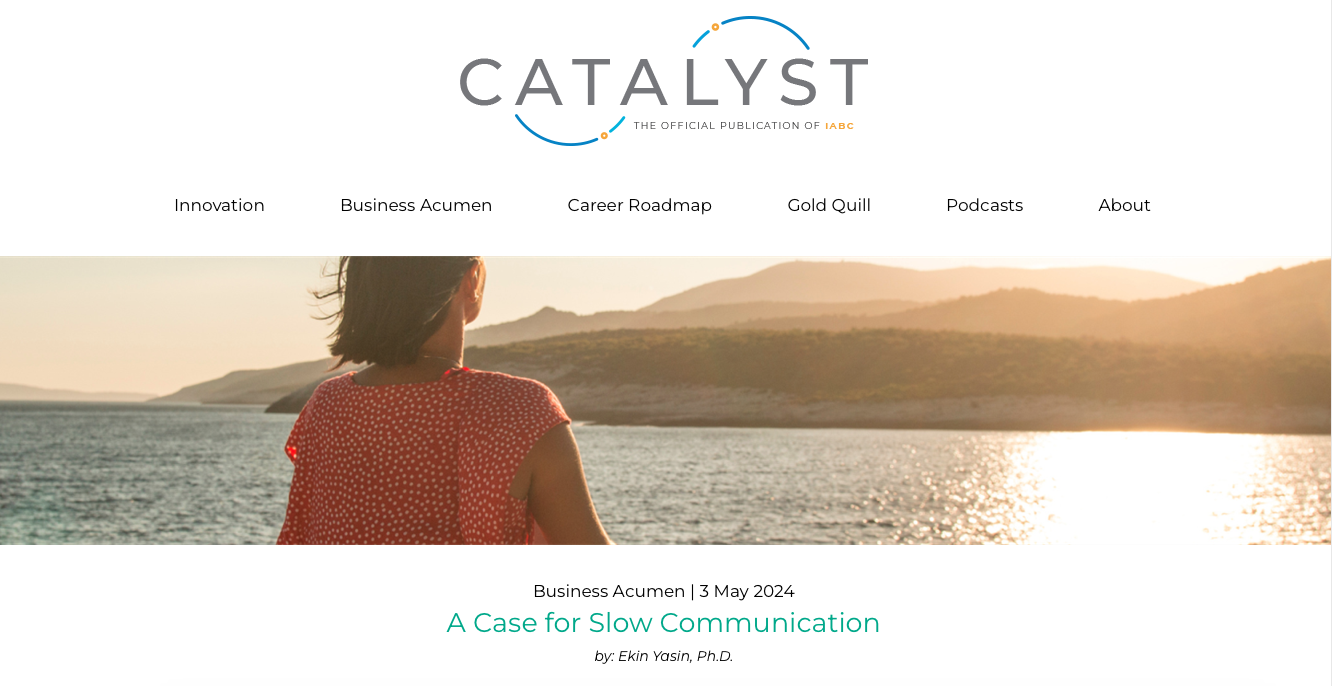
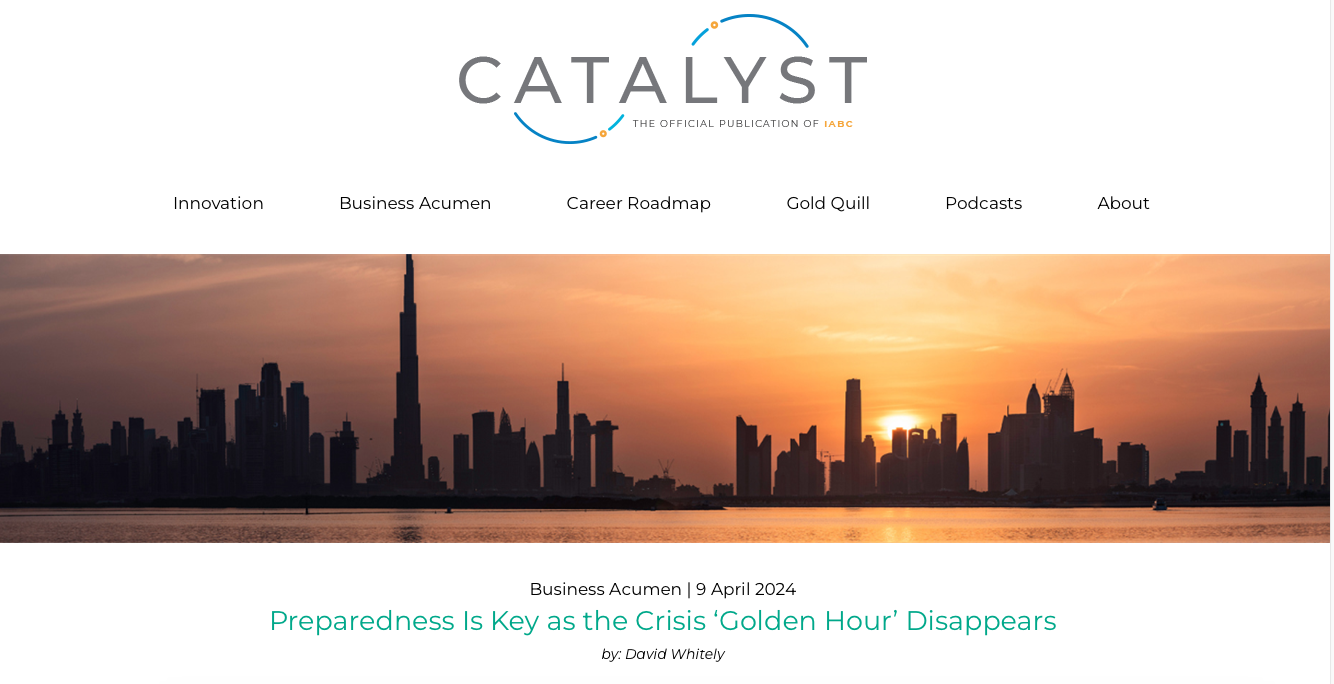

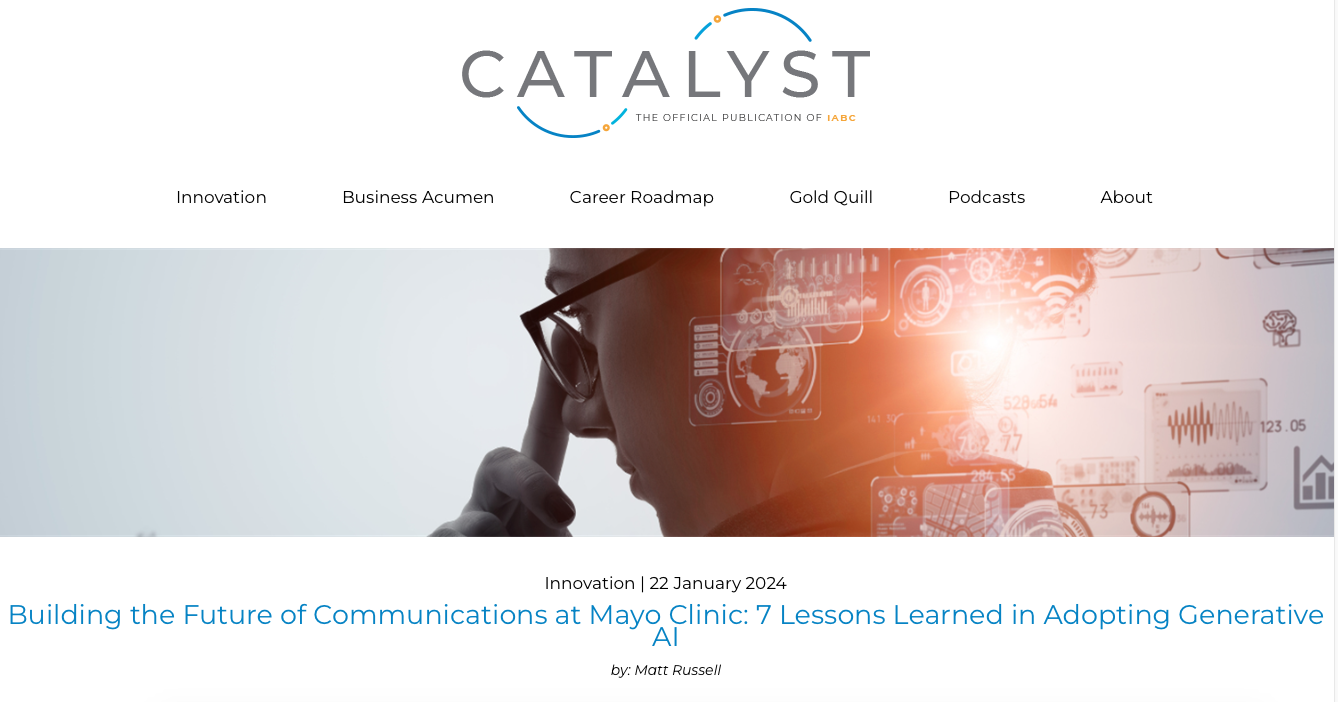
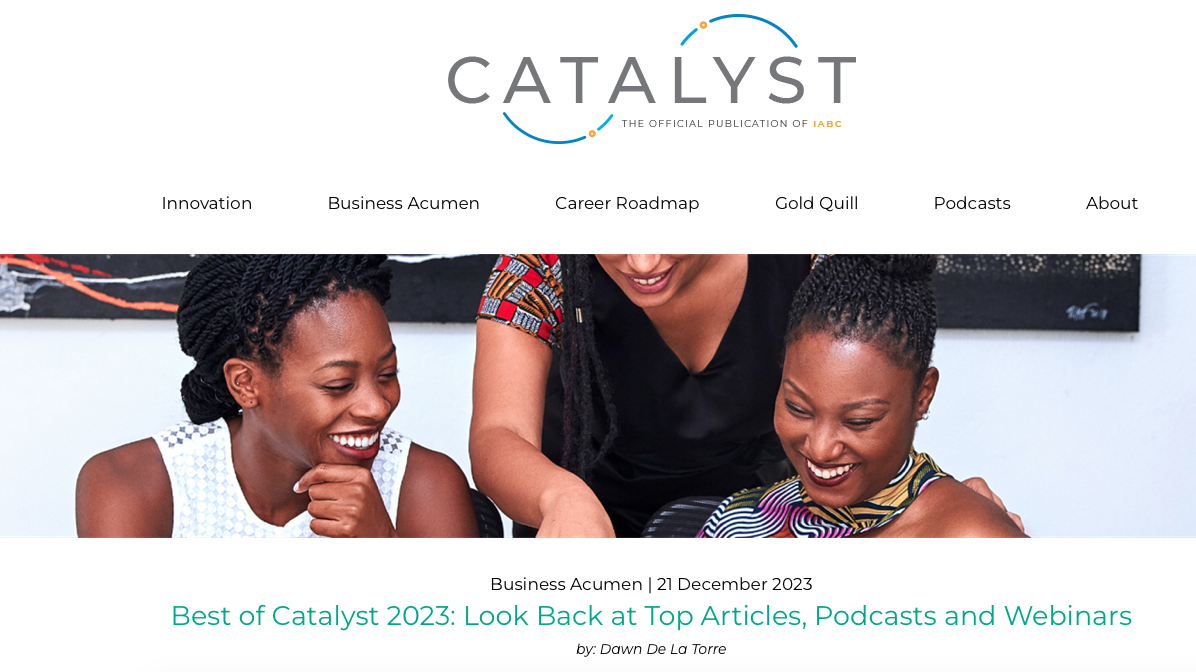
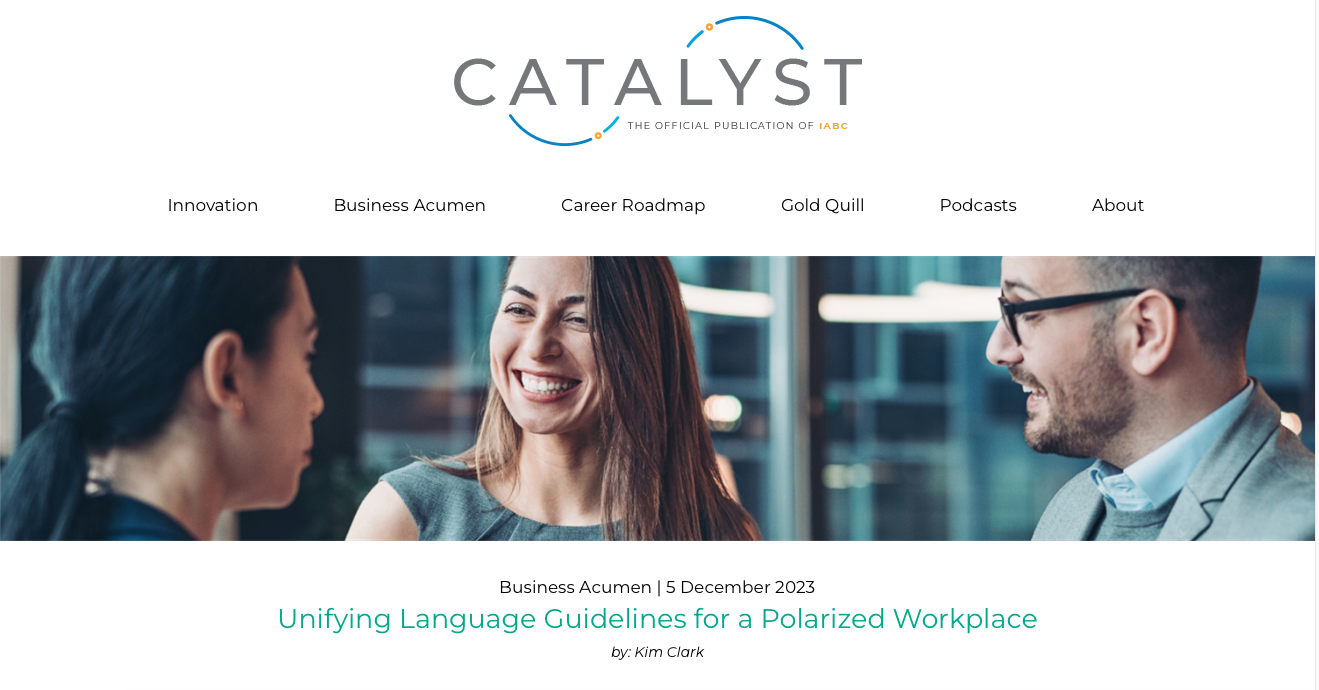

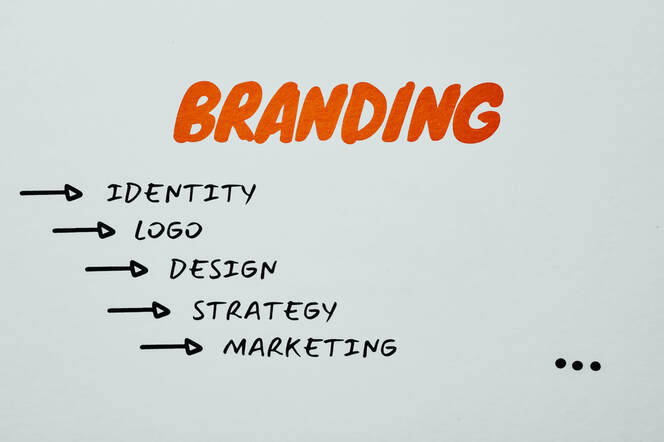
 RSS Feed
RSS Feed